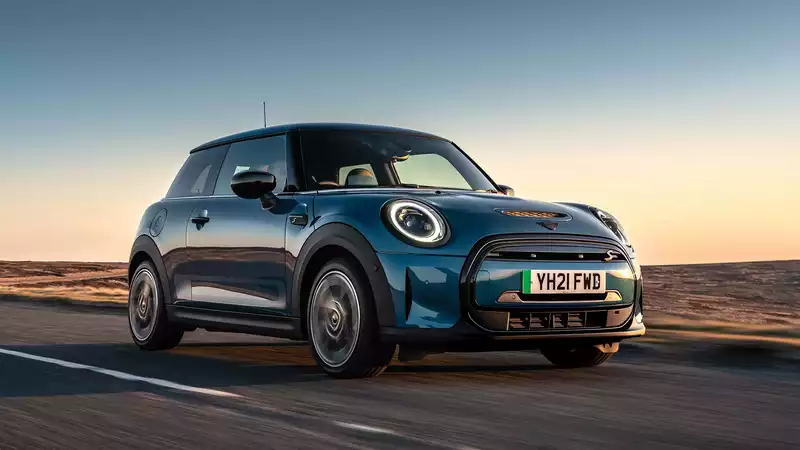If you're thinking about buying a Mini Electric, your decision may have just gotten easier, especially when it comes to charging.
This is thanks to a new scheme that will allow Mini E owners to take advantage of a variety of charging options on a single account. This was unveiled at Plant Oxford, the birthplace of the Mini E in the UK, along with a new version of the Mini E. It is a simple solution that will make a big difference in providing more power to the battery.
Trials of the "Mini E" in its first form began in 2009, and one of the main challenges then, as now, is to convince people that charging a battery-powered car is not such a frequent and tedious task. [Indeed, charging an electric car can be one of the most tedious aspects of owning an electric car, especially in the UK. That's where the new mini-electric scheme comes in, offering owners a more convenient option, especially when tackling longer journeys.
The Mini scheme has so far been signed up by charging providers such as BP Pulse, Ionity, Charge your Car, Osprey, ESB Energy, Instavolt, Chargepoint, Source London, and others, allowing owners to set up just one account and multiple charging point options.
The fact that multiple accounts and many apps are not required should streamline the charging process, which can only be a good thing.
In another nod to the different ways people approach car ownership, Mini will also offer a "sharing" option. This would allow users to share their Mini with up to 10 other users. This idea could prove popular, especially with companies that need to allow colleagues to share their cars quickly and conveniently.
Also, if a family grows and several members have driving licenses, they would be free to book itineraries and use the car. It is like a hassle-free car rental.
In addition to the common-sense charging idea, the refreshed Mini Electric is available in three different packages (Level 1, Level 2, and Level 3) and a collection edition titled the "Designer's Choice" model. There are some cool additional features that step up from the Level 3 models.
On the cosmetic side, there is Island Blue metallic paint, a multi-tone painted roof, black mirror caps, funky 17-inch Electric Collection alloys, and piano black exterior touches, and the Collection on the hood and doors graphics.
The interior has also been slightly tweaked, with black pearl/light gray seat upholstery, aluminum interior trim, and a walkmapper steering wheel. Meanwhile, the infotainment department and driver information features have also been slightly improved.
All Mini Electric models share the same 135 kW (184 hp) motor, and as expected, great handling is still present. The range is up to 145 miles, but it will be hard to achieve that in real-world driving range. Especially since the Mini Electric will frequently urge you to push aggressively in curves in the road and probably use the accelerator more enthusiastically than you'd like.
Sure, the top speed is only 93 mph, but the real fun is how you get there; 0-62 mph is 7.3 seconds, but even that seems faster than expected.
If you find a 50kW fast charger at the end of the trip, you can charge the battery from nothing to 100% in 1 hour and 24 minutes; a little over 30 minutes is enough to get you to your next port of call (or point) with enough range.
On the other hand, a mini-electric can be recharged in a little over 3 hours with a 7.4 kW household wall charger. If not blessed with such a charger, it would take 12 hours at 2.3 kW if connected to a regular socket.
There is still a long way to go in developing the infrastructure to charge EVs. But incentives like the Mini that make charging options simpler are a definite step in the right direction.
.









Comments